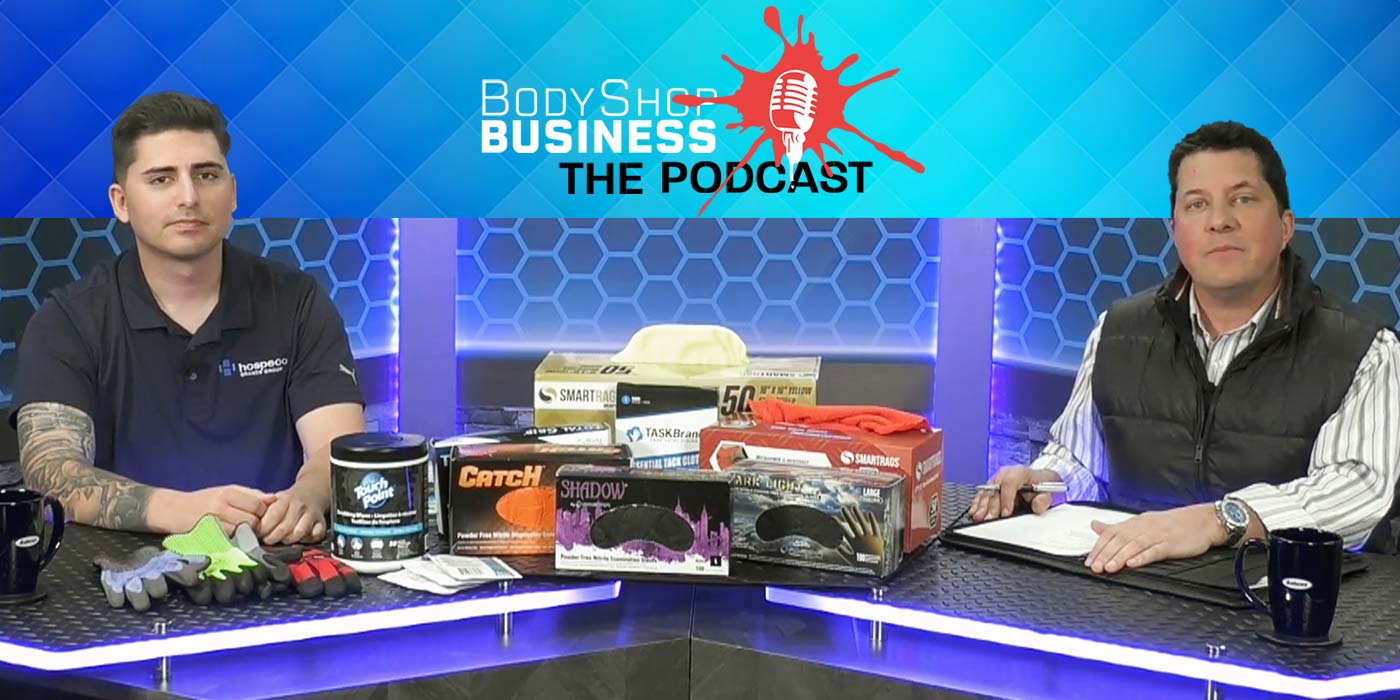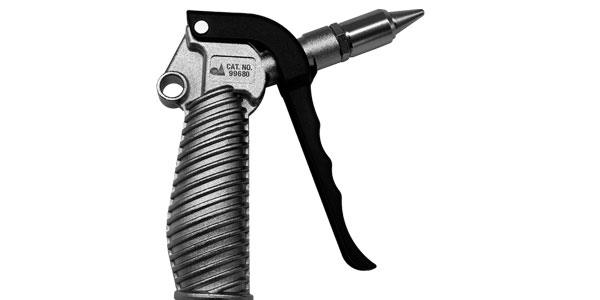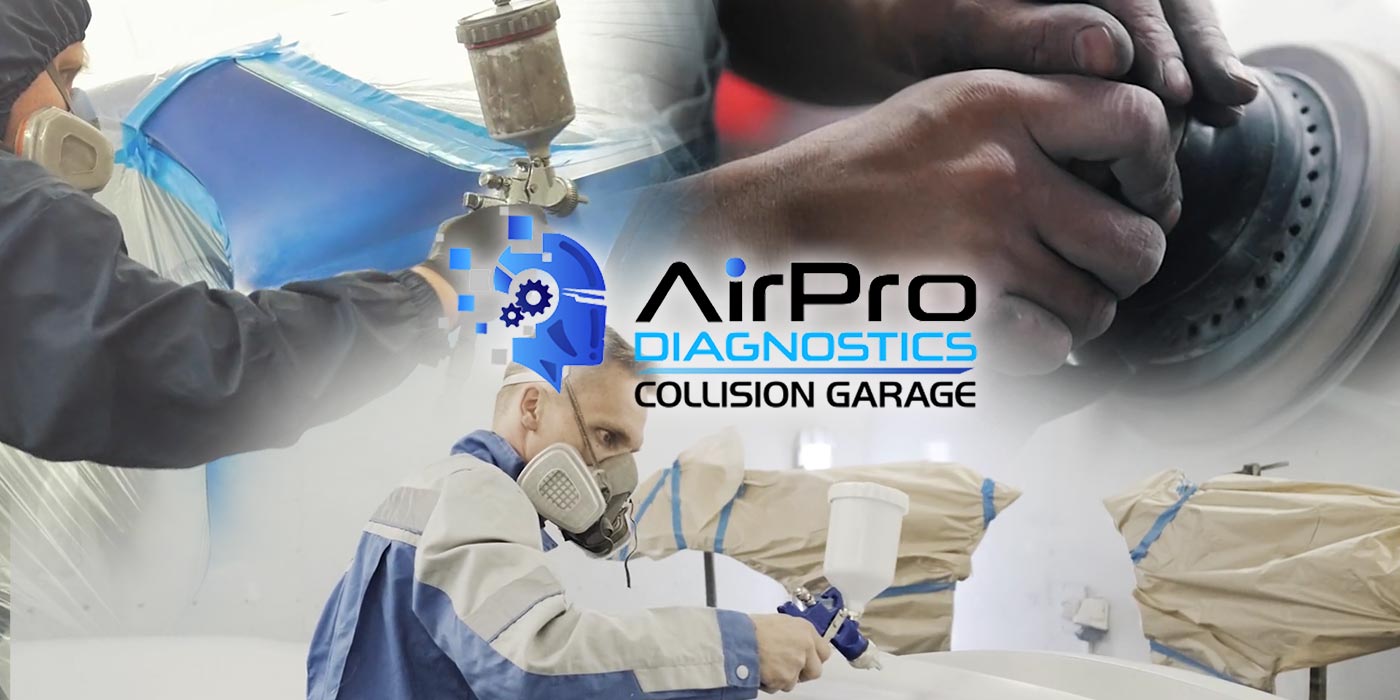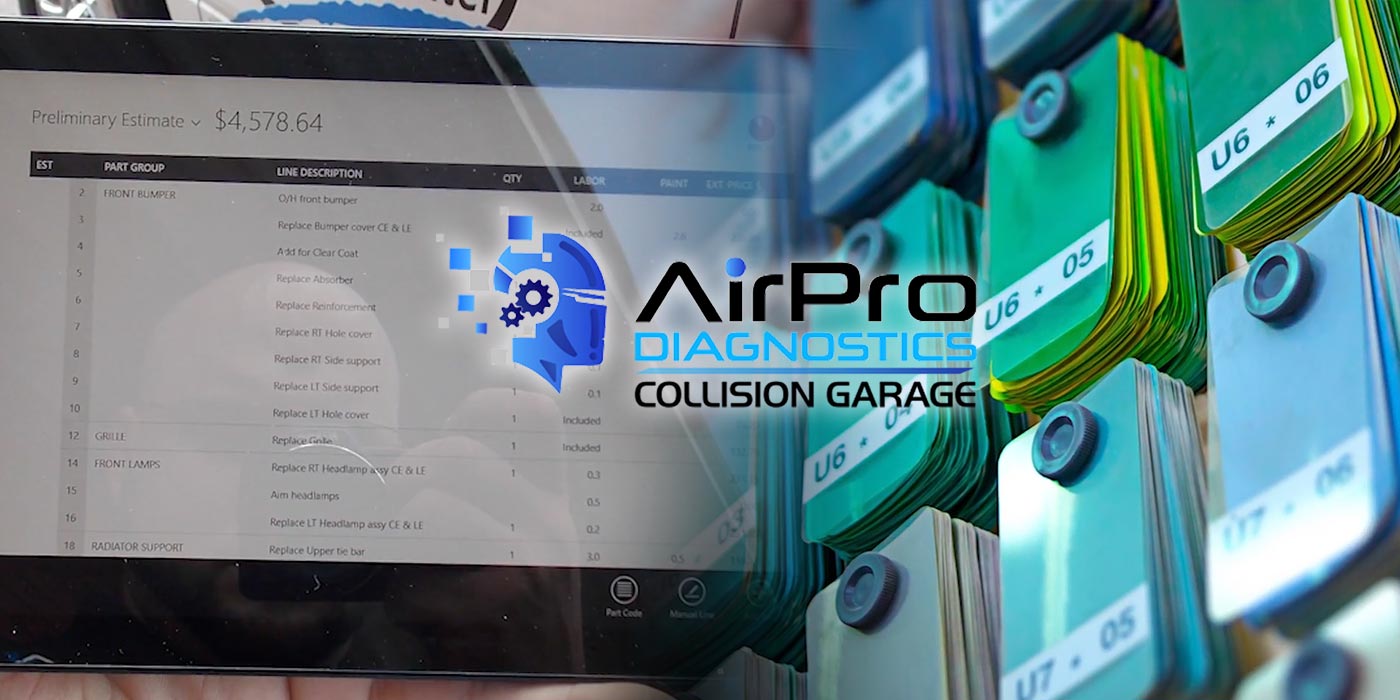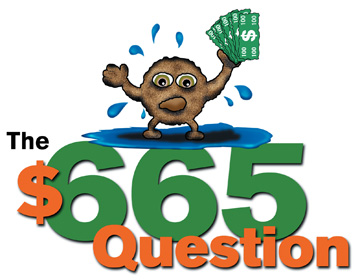
High-quality paint work often gets scuffed and buffed (at the very least) before delivery. Rare indeed is the vehicle that comes out of most booths clean enough to simply wash and deliver. It’s possible for sure, just not very common. The most productive shops, however, spend as little time as possible putting the finishing touches on the paint job.
My informal poll shows the average scuff-and-polish time is between 30 and 90 minutes per vehicle. If even the best shops spend 30 minutes polishing, then let’s assume that’s how much time is required to do it right.
What’s at stake, then, is the other 60 minutes of polishing time the remaining shops spend on their cars. Let’s split the difference and say cleaner paint work could save 30 minutes of extra detailing time on each car.
How can you get cleaner paint work? By having a better-working spraybooth.
- At an average shop labor rate of $38, that half-hour is worth $19.
- By my figures, each shop technician paints seven or eight cars per month.
- Seven cars that save 30 minutes of polishing time on each of them equals $133 per month labor time per tech ($19 x 7 = $133).
- In a typical collision repair shop with five working technicians, this amounts to $665 per month ($133 x 5 = $665).
This $665 is currently spent buffing the junk out of paint work. So if you can get cleaner work, you’ll save $665 worth of needless labor.
What did I just say? I’m contending that a five-man shop could spend up to $664 every month on maintaining their booth and still be money ahead. They’d save more than 17 hours of labor by spending that much less time polishing cars. Everyone understands that cleaner paint work takes less time to perfect. Spend $600 to $700 each month making your booth the best it can be, and you’ll make more money.
Writer Mark Clark, owner of Professional PBE Systems in Waterloo, Iowa, is a well-known industry speaker and consultant. He’s been a contributing editor to BodyShop Business since 1988.










